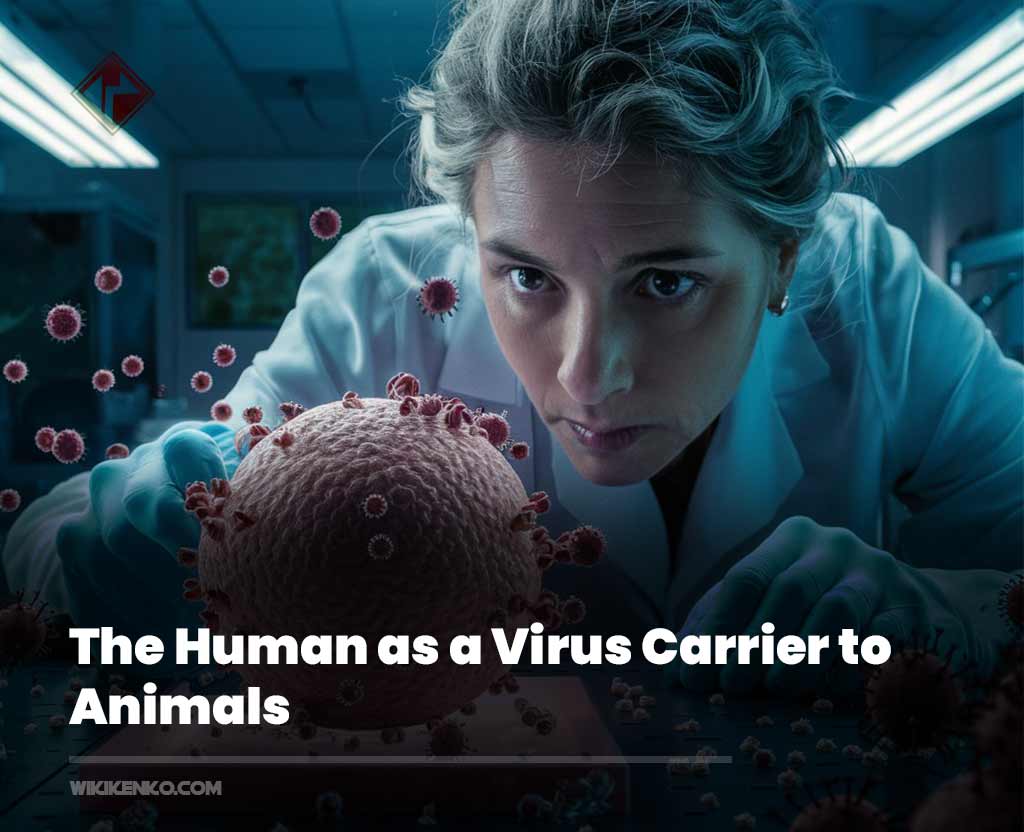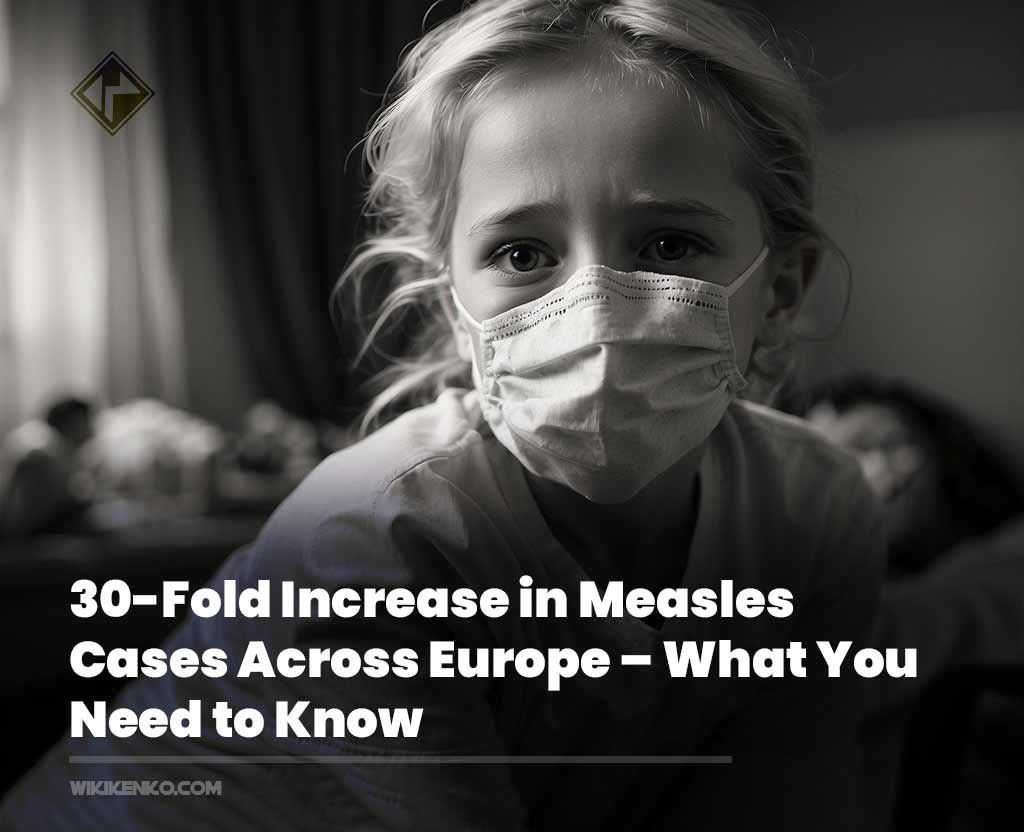|
Getting your Trinity Audio player ready…
|
Ebola, swine flu, and most recently SARS-CoV-2 – time and again, viruses have jumped from animals to humans, triggering pandemics. However, a new study reveals that the reverse path, the transmission from humans to animals, is actually twice as common.
The Bidirectional Nature of Virus Transmission
The majority of viral diseases in humans are caused by viruses transmitted from animals, a phenomenon known as zoonosis. Zoonoses are infections that are transmitted back and forth between animals and humans. Typically, the focus has been on the path from animals to humans, while the reverse route has often been overlooked, write researchers led by Dr. Cedric C.S. Tan from the University College London in the journal “Nature Ecology & Evolution.”
Humans are more often seen as the recipients of pathogens rather than their source. To investigate this aspect further, Tan’s team analyzed all publicly available viral genome sequences to trace where viruses have crossed the species barrier from one vertebrate host to another.
Using specially developed methods, they reconstructed the evolutionary history of 32 virus families from 12 million such sequences and analyzed the mutations acquired during host switches. The team found that viruses jumped from humans to other animal species, a process known as anthroponosis, about twice as often as the reverse, with this pattern holding true for almost all the virus families studied. Host switches between individual animal species were even more frequent.
The Importance of Monitoring Viral Evolution in Both Directions
We should view humans as just one node in a vast network of hosts constantly exchanging pathogens, rather than as a sink for zoonotic agents,
By investigating virus transmission between animals and humans in both directions, we can better understand viral evolution and hopefully be better prepared for future outbreaks and epidemics of novel diseases, while also supporting efforts to protect the environment.
senior author Professor Dr. Francois Balloux of the University College London
The data also showed that host jumps were associated with an increased number of mutations, compared to viruses that remained within a single host species. This indicates that viruses must adapt when crossing the species barrier.
The Dangers of Anthroponosis
The authors note that anthroponoses can be dangerous for animals and threaten entire species. Moreover, viruses that have jumped to a new animal species may genetically change and proliferate in that host, even if they have been eradicated in humans. They could later re-infect humans in a mutated form.
Conclusion
In conclusion, the study highlights the importance of considering the often-overlooked transmission of viruses from humans to animals, in addition to the well-known zoonotic route. By monitoring viral evolution in both directions, we can better prepare for and mitigate future disease outbreaks.
Original source: This information was Initially covered by pharmazeutische and has been translated for our readers.









